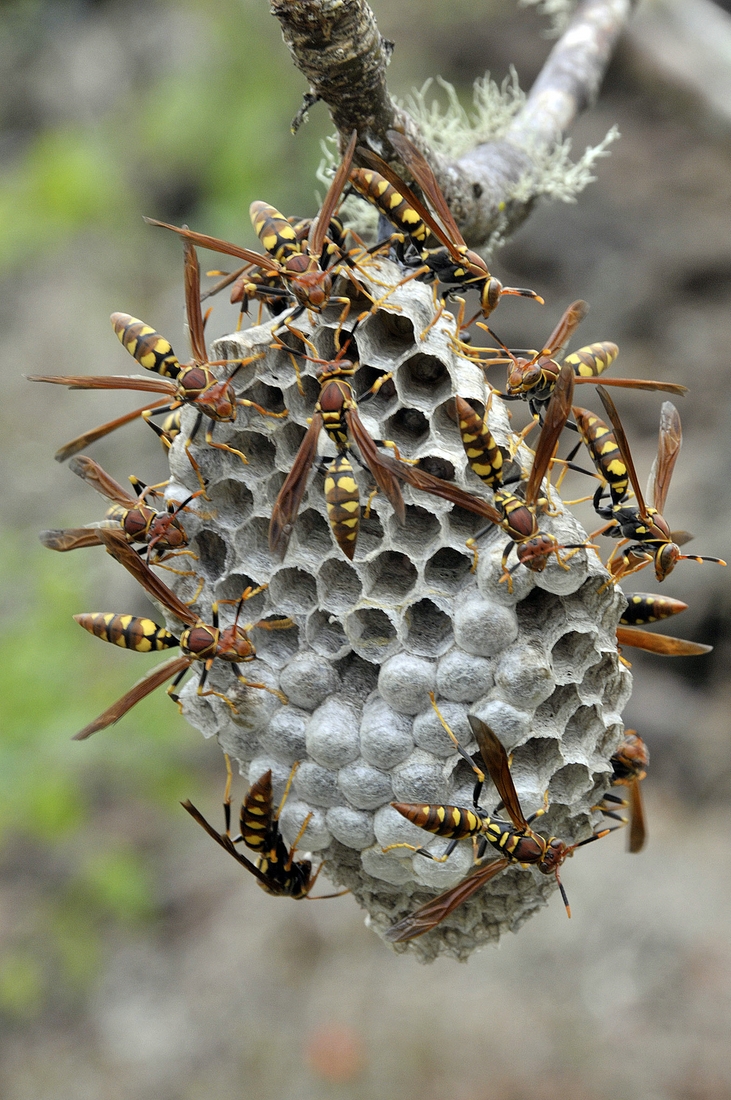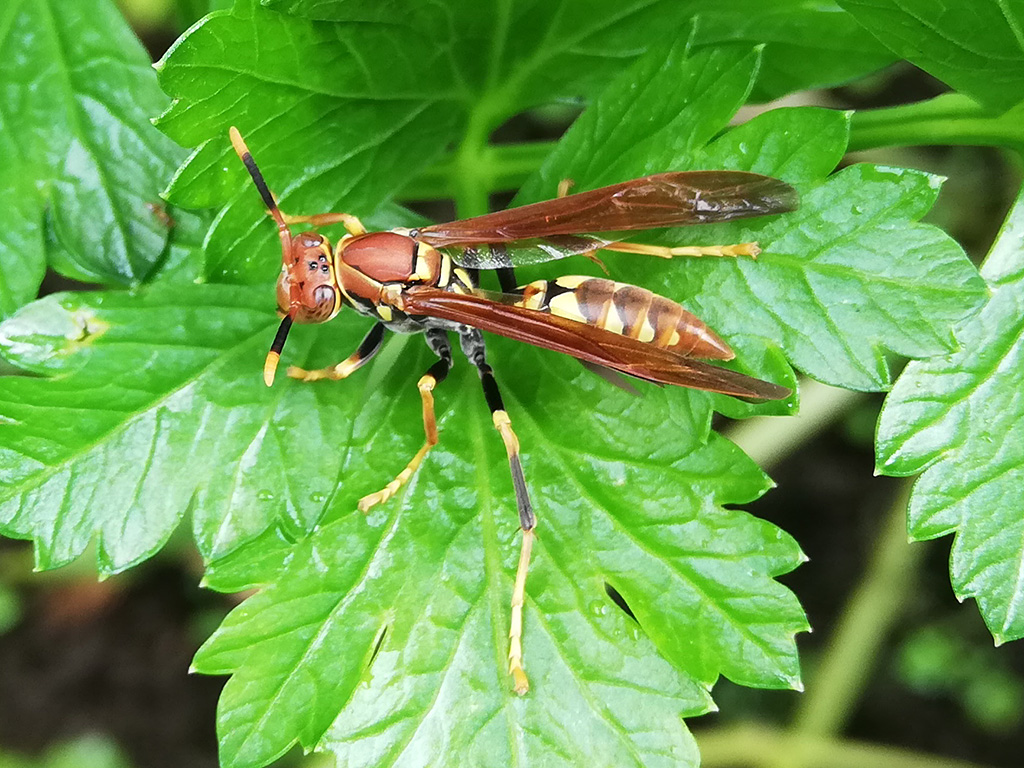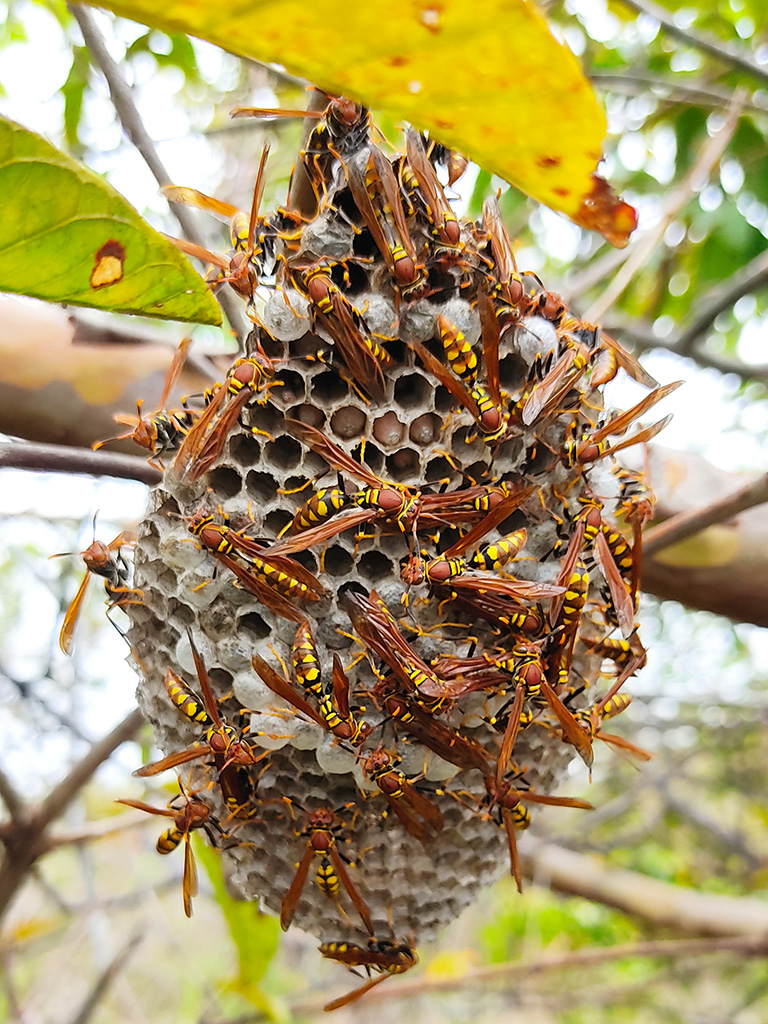Galapagos Species Database
The Galapagos Species Database shares the information about the species from our Natural History Collections.
Polistes versicolor
Avispa de papel amarilla, Yellow paper wasp





The predatory, stinging paper wasp is characterized by yellow transparent wings with a black body and yellow bands on the thorax and abdomen. It is a social wasp, and builds hanging paper nests that can hold tens to thousands of individuals along with multiple queens.
Domain
Eukaryota
Kingdom
Animalia
Phylum
Arthropoda
Class
Insecta
Order
Hymenoptera
Suborder
Apocrita
Superfamily
Vespoidea
Family
Vespidae
Genus
Polistes
Species
versicolor
Taxon category: Accepted
Origin: Introduced - established
Year of first record: 1988
Mode of introduction: Accidental
Introduction Pathway: Stowaway
Subpathway: Hitchhiker on transport vehicles/cargo
Introduced status: Naturalized
Invasive status: Invasive
Impact in Galapagos: Estimated to prey on 17-154 grams of insect per hectare per day, competing with insectivorous birds for food. In inhabited areas it often builds its nest on house rafters and inflicts a painful sting to humans if disturbed. It also pollinates plants.
Impact elsewhere: This species is a voracious predator of invertebrates, especially butterflies and moths. It is often used as a natural predator to reduced agricultural pests.
Control History in Galapagos: The municipality carries out some nest removal in inhabited areas. The National Park Service also uses traps. Traps can be made at home, and simply consist of a yellow receptacle filled with water and detergent. The wasps are attracted to the yellow color and then drown in the slippery water.
Trophic role: Omnivorous
Reproduction mode: Exclusively sexual
Distribution origin: South America
Map of specimen collection localities or observation records for this species in our collections database.
Distribution: Santa Cruz, San Cristóbal, Isabela, Floreana, Santiago, Marchena, Pinta, Genovesa, Española, Fernandina, Bartolomé, Champion, Gardner, Daphne Mayor, Pinzón, Plaza Sur, Plaza Norte, Rábida, Santa Fe, Seymour Norte, originally from South America.
- Abedrabbo, S. (1991) Nueva Avispa Introducida en las Islas. Carta Informativa 31: 4.
- Amarillo-Suarez Angela R.,Camacho-Erazo, Mariana, Morse, Geoffrey, Rueda, Danny, and Herrera, Henri W. (2020) New Distribution Records and Host Plant Associations of Bruchinae (Coleoptera: Chrysomelidae) in the Galapagos Islands, with a Revised Checklist of Species and their Associated Host Plants The Coleopterists Bulletin, 74(4): 719–723.
- Causton, C.E. Sevilla, C. (2008) Latest Records of Introduced Invertebrates in Galapagos and Measures to control them. Galapagos Report 2006-2007, CDF, GNP and INGALA, Puerto Ayora, Galapagos, Ecuador, p. 142-145.
- Foottit, R.G. Adler, P.H. (2009) Insect Biodiversity: Science and Society, John Wiley & Sons. pp. 494.
- Langlor, D.W. Sweeney, J. (2009) Ecological Impacts of Non-Native Invertebrates and Fungi on Terrestrial Ecosystems Springer. 66 pp.
- Lasso, T. L. Baez, O. (1997) Ecologia e impacto de la avispa introducida (Polistes versicolor) (Vespidae, Hymenoptera) en las islas Floreana y Santa Cruz, Galapagos-Ecuador [Tesis de Grado, Universidad Central del Ecuador]
- McMullen, C.K. (2011) Pollination of the heterostylos Galápagos native, Cordia lutea (Boraginaceae) Plant Syst Evol (2012) 298:569-579
- Óscar Mollá Bhushan Shrestha (2020) First record of Hirsutella saussurei in the Galápagos Islands and first evidence parasitizing the invasive paper wasp, Polistes versicolor Revista Brasileira de Entomologia 64(2):e20200031, 2020 https://
- Peck, S.B. (1994) Sea-surface (Pleuston) transport of insects between islands in the Galápagos archipelago, Ecuador. Annls. Entomol. Soc. Am. 87(5): 576-582.
- Peck, S.B. (1996) Origin and development of an insect fauna on a remote archipelago: The Galápagos Islands, Ecuador. In: Keast A., Miller S.E. (eds.): The origin and evolution of Pacific Island biotas, New Guinea to eastern Polynesia: patterns and processes. SPB Academic Publishing, Amsterdam, The Netherlands, p. 91-122.
- Peck, S.B. (1994) Aerial dispersal of insects between and to islands in the Galápagos archipelago, Ecuador. Annls. Entomol. Soc. Am. 87(2): 218-224.
- Peck, S.B. Heraty, J., Landry, B. & Sinclair, B.J. (1998) Introduced insect fauna of an oceanic archipelago: The Galápagos Islands, Ecuador. Am. Entomol. 44: 218-237.
- Picón-Renteria, P. Sarmiento, C.E., Avendaño, J.M., Rodríguez, J. Abdo, P., Herrera, H.W. (2024) New distribution records for cryptogenic and invasive Vespidae (Hymenoptera) in the Galapagos Archipelago, Ecuador. BioInvasions Records, 13(2), 363–371.
- Roque-Albelo, L. Causton, C. (1999) El niño and introduced insects in the galápagos islands: different dispersal strategies, similar effects. Noticias de Galápagos 60: 30-36.
You are welcome to download and use the information found in this page, acknowledging its source.
This page should be cited as follows:
"Galapagos Species Database, Polistes versicolor", dataZone. Charles Darwin Foundation, https://datazone.darwinfoundation.org/en/checklist/?species=6829. Accessed 26 December 2025.


Feeding type: Polyphagous
The yellow paper wasp competes for food with native vertebrates such as finches by feeding on insect larva, mainly Lepidoptera (as cited in Foottit & Adler, 2009), at a rate of 17-154g per ha per day (Langor & Sweeney 2009) along with consuming fruits and flowers.